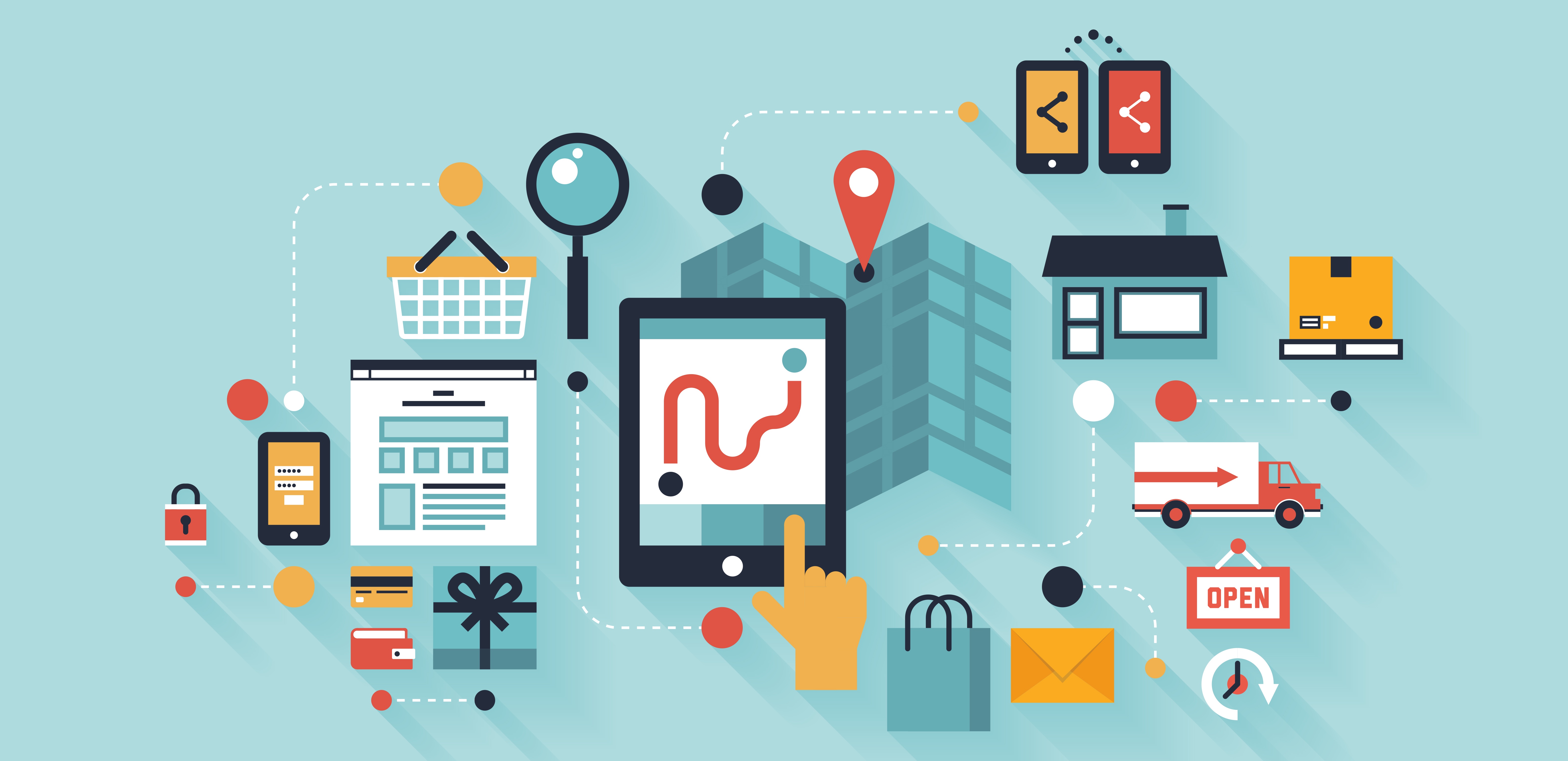Whether we admit it or not, today’s customer experience is all about omni-channel. People are reaching out to companies on the phone, via text message, through emails and webforms—you name it, someone’s using it. When customers reach out to customer service, they most often use three or more channels, and most businesses offer multiple service channels to answer customer questions.
But an omni-channel experience isn’t just about having multiple channels: it’s about making sure those channels all work together. The idea behind omni-channel is that it all the service channels are connected, integrated, and consistent. When customers call your company, they don’t view your support channels separately; to them, everything is managed as a whole, not a bunch of different departments. And they’re not wrong to view the customer experience this way—91% of customers want to pick up where they left off when they switch between channels.
Unfortunately, 80% of companies haven’t integrated their communication across channels, meaning there’s a massive disconnect between supply and demand for omni-channel experiences. For anyone looking to integrate their communication channels, or maybe even just tweak them, here are five questions to address when creating an omni-channel customer experience.
1. Do You Have a Variety of Support Channels That Customers Use and Want?
This may seem like a simple question, but it’s actually pretty important. As mentioned above, most customers use three or more channels to contact companies, and most companies offer a variety of service channels. Still, a lot of companies have yet to get up to speed with the channels customers use most in their daily lives, like text and social media.
Think about it: pretty much every business offers phone support, but the average American only makes one to five calls a day. Conversely, fewer than 40% of businesses offer text support, but the average American sends and receives 60 texts a day. On a global scale, people send 500 million tweets a day and over 23 billion texts a day. These channels are increasingly popular, and their only real barrier is the widespread, accepted usage of voice for customer service.
Maybe you’re apprehensive about adding new channels because of cost or executive buy-in, but relax—you don’t have to offer every single channel. However, you should definitely have the channels that prospects and customers use most, or consider adding alternative and inexpensive channels that are on the rise (self-service, SMS, etc.) Omni-channel strategies will vary from company to company, and that’s okay. Just make sure you promote your new channels across your existing ones to increase awareness and use.
2. Do You Store Customer Data in One Central Location?
Most of the time, customer data collected in different departments stays in different departments. This can end up creating a fractured customer experience. Studies have found that 91% of customers are frustrated by calling in for the same problem, and 89% are frustrated by having to repeat their problem to multiple service reps.
When crafting an omni-channel customer experience, companies should store data in a central location like the cloud. That way, it doesn’t matter what department a customer calls or who they talk to—everyone can access the same information and can pick up the conversation where it left off. It also doesn’t matter what channel the customer uses—if they do have to switch between channels, channel-use records can be stored in the cloud.
And those aren’t the only benefits of centralized communication: solutions like the cloud are quick to deploy (most providers offer a free trial to get started), are updated automatically, and can also scale to suit any organization.
3. Are Your Channels Integrated?
A key part of omni-channel is integration and making sure all the channels are connected. Customers today are demanding a seamless experience that recognizes them on any device or channel. The bad thing is that 61% have had a hard time switching from one channel to another when interacting with customer service.
By integrating channels, companies can deliver the seamless experience that customers want. With integration, customers can continue a conversation with different channels or agents without losing context. Omni-channel communication platforms can keep track of where, why and how customers interacted with the company. Companies can also personalize service with integration, using records of customers’ past interactions to better inform the present one.
Integrating channels lets customers use the channel best suited to the situation
Finally, integrating channels lets customers use the channel best suited to the situation. For example, text might be best for quick answers to questions, so companies with integrated channels could prompt customers to switch from text to voice with a “channel pivot” option. This option makes it quicker and easier for customers to get things done.
One great example of omni-channel integration is American Express’ fraud detection program. When they pick up suspicious activity, the system calls the customer and asks what type of phone they have (smartphone, feature phone, etc.) It then sends them a text message with a link to review their charges online, with the account already logged in. The key takeaway here is that everything is quick, seamless and uses the best channel for each task.
4. Do You Offer Automation?
Gartner predicts that by 2020, 85% of customer interactions will be conducted without a human-to-human interaction. This makes sense: customers can get frustrated by long wait times and live agents in general, and the best agent can only manage so many responses before they get overwhelmed.
With automated self-service, businesses can deliver a faster, cheaper, smarter experience. A call handled by a live agent typically costs between $6-20, where a call managed by IVR only costs 25 cents (automated texts costs the same). Automation also delivers an answer immediately, which addresses the patience problem but more importantly, helps customers get their problem solved faster. Companies can go above and beyond by adding an AI component that analyzes past customer input to deliver more personalized service in the future.
For example, let’s say Dan calls in every month to check his credit card balance. Instead of making him go through the entire IVR, a good omni-channel solution would adapt to give Dan “check account balance” as the first option.
5. If You Don’t Have All of These, Do You Have an Action Plan?
Omni-channel is a relatively straightforward concept, but implementing it is decidedly less so. To provide the best omni-channel customer experience, make sure you’ve hit the following points:
- First, figure out what channels are most used by your customers, or the channels they most want to use. This will require some research and potential surveying to make sure you’re delivering on the channels customers want.
- Second, find a cloud hosting platform that can support the number of customer records you have. Most cloud platforms are scalable and priced for different usage levels, so you should be able to find a solution that works for you.
- Third, find a communication platform like OneReach that offers multiple channels and lets you switch between them. Standout solutions will offer automation and integration between channels, as well as API integration.
Conclusion
It’s important to consider what kind of experiences customers want, and the answer is pretty clear: they want all of them. With 74% of businesses eager to differentiate themselves based on customer experience, having an omni-channel strategy is what will make one company’s customer experience stand out from the crowd.
Image of omni-channel environment courtesy Shutterstock.








